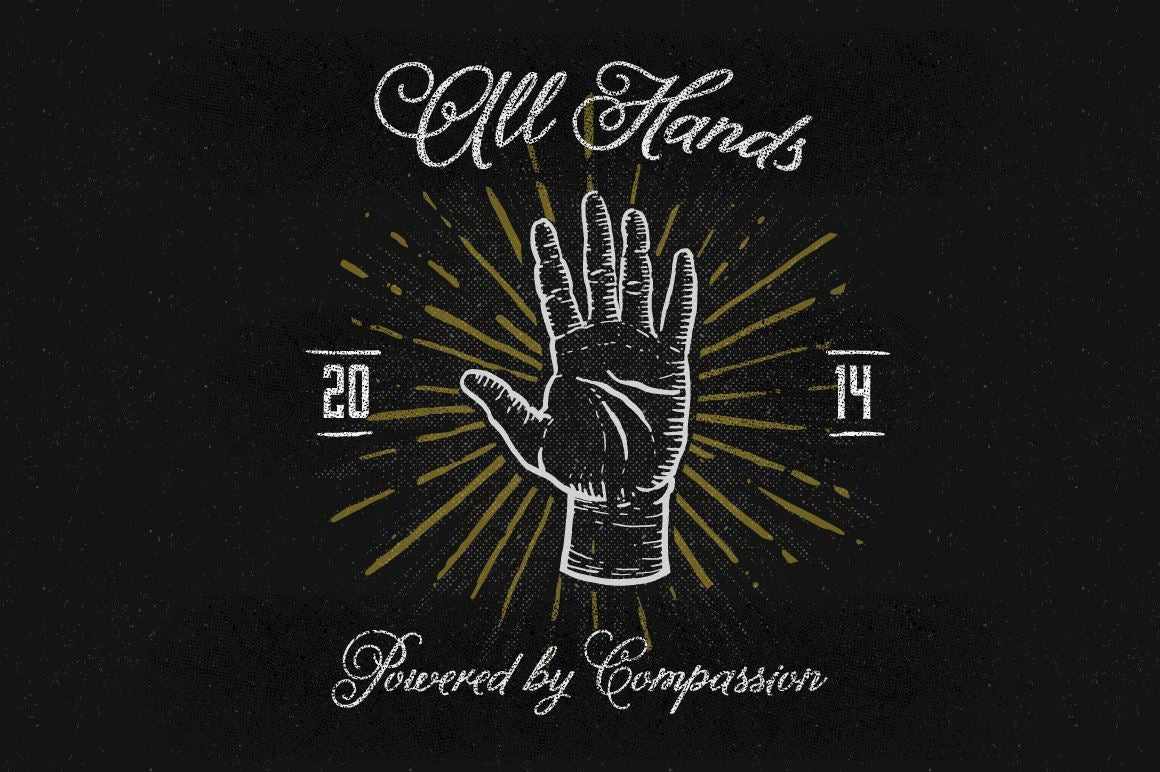
If you do a lot of hand-drawing work using drawing pads, make sure to get brushes that are compatible or optimized for drawing tablets. Not all brushes are fully compatible with drawing pads like Wacom tablets. Using Illustrator Brushes with Drawing Pads Or it could be because you’ve changed the Brush Mode to a setting like Dissolve. It happens mainly when you’re using the Pencil tool instead of the Brush tool. This is not a fault with the brush or the app itself. Why Brushes Are Pixelated in Photoshop?Ī common problem many Photoshop users run into when using brushes is sometimes when they draw using a brush it appears pixelated. On Illustrator, simply navigate to Window > Brushes Libraries > Other Library and select the brushes you want to import to the brush library.
Illustrator textures zip#
If it arrived in a ZIP file, unZIP to extract the files and locate the ABR file that contains all the brushes
Illustrator textures how to#
If you’re wondering how to install and use brushes in Photoshop, follow the steps below. How to Install Photoshop and Illustrator Brushes Here we answer some of the most common questions people ask about Illustrator and Photoshop brushes. 5 Common FAQs for Illustrator & Photoshop Brushes This pack includes classic, dry, watercolor, noise, scratched, and many other types of brushes. That was fixed by embossing.Last, but not least, a massive bundle of 100 Illustrator brushes for all your design needs.

The drawn (=erased) extra scratches at the edges didn't look right as is because the the original defects in the starting image already had some apparent depth. The background has some noise because pure white looked too clean. Some too big defects are fixed with the healing brush. Too clean edges can be detoriated manually (here was used 1px wide eraser in pencil mode). It's easy to cut a couple of pieces of it to separate layers, insert a background layer and recolorize the clipped pieces either by applying Image > Adjust > Hue&Saturation > Colorize or preferably by inserting Layer Style Color Overlay. This resembles more a piece of painted plaster or gypsum where the paint has got some knocks and scratches: I unfortunately haven't one which contains just what you want. It's especially easy if you have the right texture photo. After expanding the trace the shape was ready to be dragged to the brushes collection:Īs others have already said, richer version is possible in a bitmap image editor. There I traced the image to Black and white ignoring white. I selected all and pasted the result to Illustrator. I filled a rectangular selection on a white background with black and drew some random scratches with a 1 px wide white Pencil: The brush is made originally in Photoshop.

That made possible to set the fill color.ĭrawing such brush in Illustrator would have been be too tricky.

Then the edge and the original shape were united (= Window > Pathfinder > Unite) to one. The brush was black and the edge became black, no matter what fill colors the drawn shapes had.Īfter applying the brush the shape was expanded (=Object > Expand Appearance). To stay in truth I say at first, that setting the shape color was not a snap. The shapes which got the brush stroke have longer edges than the length of my brush. I dragged it to the brushes collection and defined it to be a pattern brush.Īs you see, the pattern repeats. The ellipse and the not so well defined shape (drawn with the pen) in the left have both edge strokes given by my own Pattern Brush. You only prepare vector texture brushes to get the scratches. If you can accept something which looks a little simplified you can well draw it in Illustrator. There's no need to draw such a complex vector image, you can as well trace a bitmap image to vector - either a photo of a real surface or one which is created in Photoshop. That's true only if the texture is available as a fill pattern or as a clipped image or as a brush.Ĭomplex enough vector drawing would have tens of thousands anchor points which would slow down your computer. Another one is the possibility to test different shapes.
Illustrator textures free#
One of them is free scalability without pixelation nor blur. Having it as a vector in Illustrator has advantages. I guess it's a real painting which has intentional scratches in the top color layers. Getting the same non-repeating random complexity than your linked image has is much easier in a bitmap image editor (GIMP, Photoshop etc.)than in Illustrator.


 0 kommentar(er)
0 kommentar(er)
